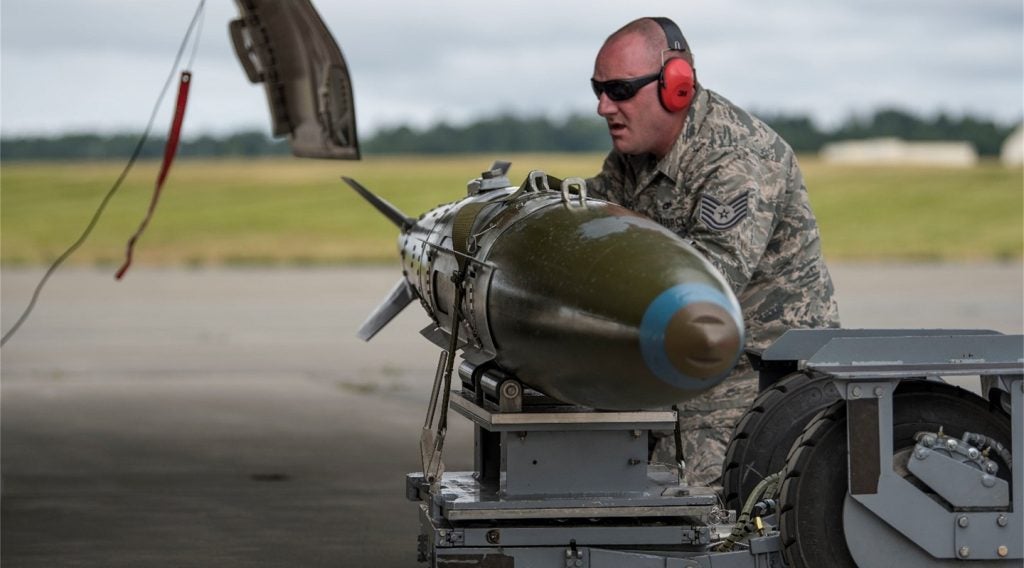
The US Air Force (USAF) is set to begin implementation of a series of corrective measures for the oxygen breathing system installed on the service’s T-6 Texan II training aircraft fleets.
The new corrective measures will help the USAF adjust oxygen control levels in the aircraft and address persistent oxygen breathing problems faced by pilots.
In addition, the Air Education and Training Command (AETC) and the Air Force Material Command (AFMC) have jointly initiated a redesign of the T-6 OBOGS system. They are working in collaboration with the aircraft manufacturer to adjust the OBOGS software algorithm to stabilise oxygen concentrations.
In addition, the AETC will increase maintenance on the on-board oxygen generating system (OBOGS) in order to address problems identified in the Beechcraft T-6 Texan II trainer fleet.
AETC commander lieutenant general Steve Kwast said: “So far, technical efforts to date and analysis of data collected have determined that pilots have been exposed to significantly changing levels of oxygen concentration.
“The varying levels of oxygen concentration, even though in excess of what the body typically needs, has caused physiological stress that most pilots on most days actually adapt to without noticing.”
How well do you really know your competitors?
Access the most comprehensive Company Profiles on the market, powered by GlobalData. Save hours of research. Gain competitive edge.

Thank you!
Your download email will arrive shortly
Not ready to buy yet? Download a free sample
We are confident about the unique quality of our Company Profiles. However, we want you to make the most beneficial decision for your business, so we offer a free sample that you can download by submitting the below form
By GlobalDataKwast added that this physiological stress results in symptoms in pilots that can be similar to hypoxia, a condition caused due to oxygen deficiency, or hypocapnia, which is caused by a lack of carbon dioxide.
Air Force Physiological Episodes action team lead brigadier general Edward L Vaughan intends to work together with USAF officials and other military services to determine if the OBOGS measures planned for the T-6 trainer fleet can be implemented across other aircraft that use the OBOGS.







